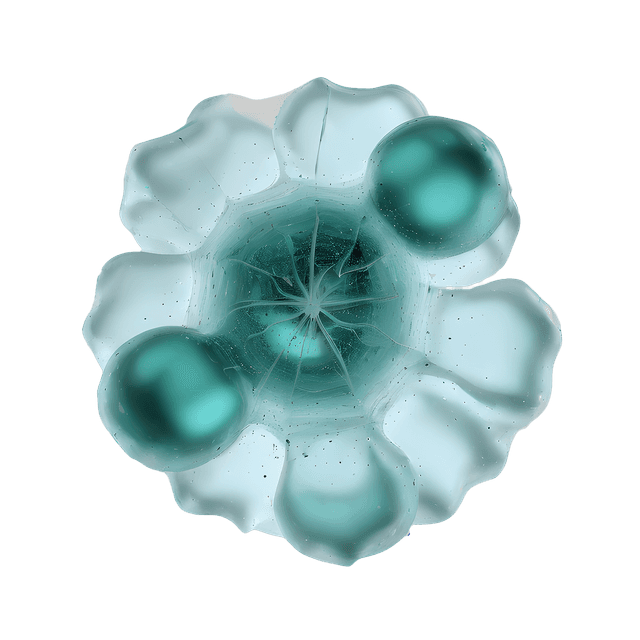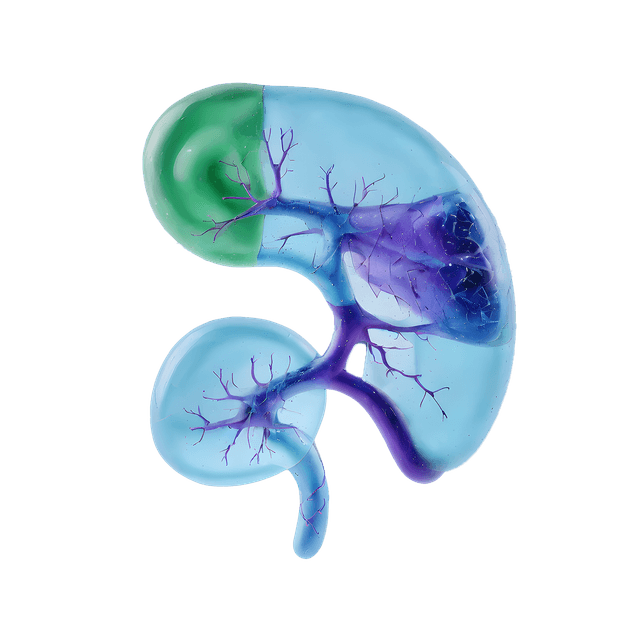What is pancreatic cancer?
Pancreatic cancer is a malignant tumor located in the pancreas, an organ situated behind the stomach responsible for producing digestive enzymes and hormones such as insulin. It is an aggressive form of cancer that is often detected late, as the initial symptoms are vague and easily mistaken for other gastrointestinal issues. Early diagnosis improves the prognosis, but many people discover the tumor only after it has grown or spread.
Causes and risk factors
The exact cause of pancreatic cancer is unclear, but several factors can increase the risk. Often, it is a combination of factors that raises the likelihood of developing the disease:
- Smoking: The main modifiable risk factor; smokers have a significantly higher risk
- Age: The risk increases after the age of 60.
- Hereditary factors: Known gene mutations (e.g., BRCA2) or previous cases of cancer in the family can increase the risk
- Chronic pancreatitis: Long-term inflammation of the pancreas increases the risk of cancer
- Diabetes: Can be a warning sign, especially newly developed diabetes in older adults
- Overweight and diet: Obesity and a high intake of processed food/red meat may increase risk
- Alcohol: Heavy consumption can cause pancreatitis, which in turn raises the risk of cancer
Common symptoms of pancreatic cancer
It is common for symptoms to be vague and develop slowly at first. The symptoms also depend on the tumor’s location and size.
- Pain in the upper abdomen that may radiate to the back, often occurring after meals
- Jaundice (icterus) – blocked bile ducts causing yellow skin and yellowing of the eyes
- Weight loss and reduced appetite without a clear cause
- Nausea and bloating
- Fatty, pale stools or dark urine
- Itching
- New-onset or worsening diabetes
- Fatigue and general malaise
What does the pain feel like?
The pain is often described as dull or aching and may worsen at night or when lying down. Sometimes it radiates like a band from the upper abdomen to the back and may be somewhat relieved when leaning forward. Some people experience tingling in the area.
How is the diagnosis made?
An evaluation is performed to confirm the diagnosis, determine the size of the tumor, check for any spread, and plan treatment.
- Blood tests: Liver and bile duct markers, and sometimes the tumor marker CA 19-9
- CT scan or ultrasound of the pancreas: Used to assess the tumor and any spread
- MRI of the pancreas: Provides detailed images of ducts and soft tissues
- Endoscopic ultrasound (EUS) with biopsy: A tissue sample is taken to confirm the diagnosis
Prognosis and treatment of pancreatic cancer
Pancreatic cancer is an aggressive disease, and the prognosis can vary greatly depending on the stage at diagnosis. Early detection and the possibility of surgically removing the tumor improve the outlook. The choice of treatment depends on the tumor’s location, how advanced the disease is, and the patient’s overall health. Treatment often involves a combination of surgery, chemotherapy, and radiation therapy. If the disease is at an advanced stage, palliative measures may be used, such as pain relief and support for digestive symptoms. Regular follow-up is necessary to manage symptoms, ensure adequate nutrition, and monitor treatment effectiveness.























